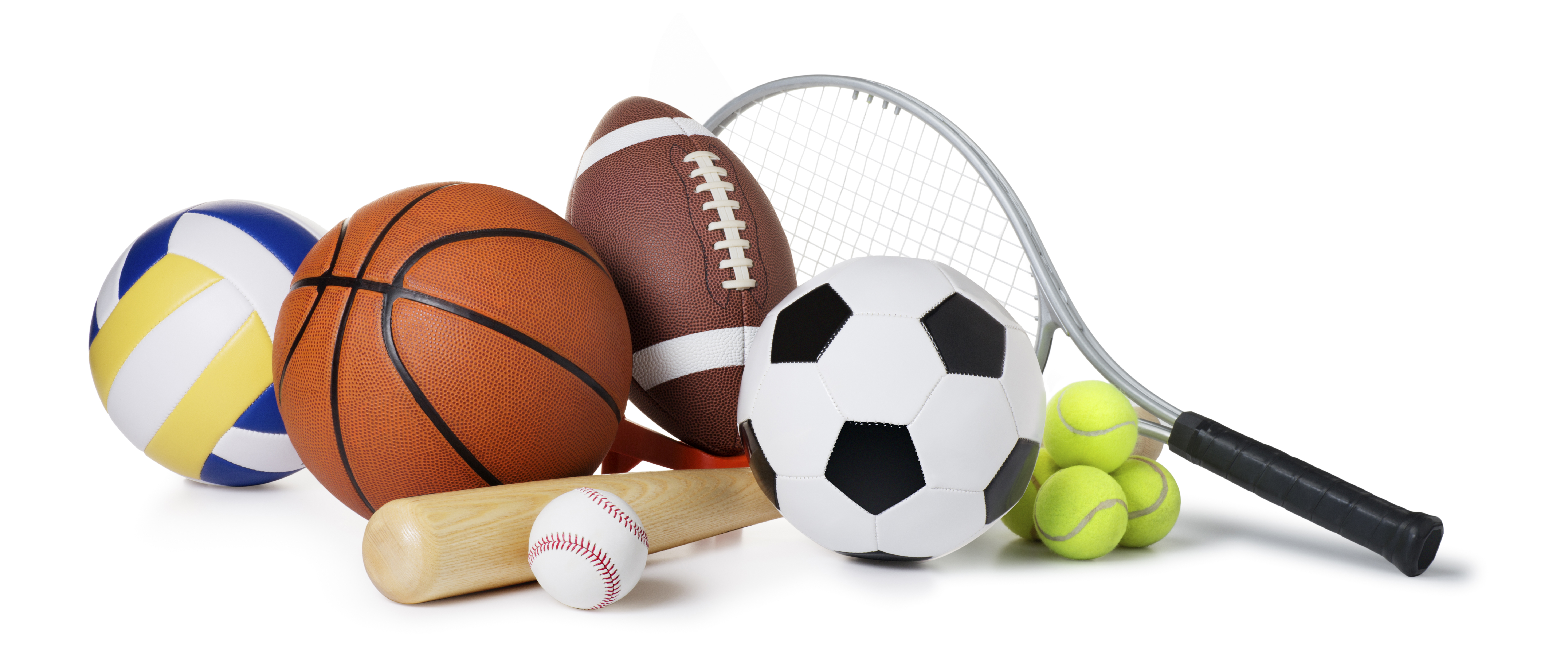Heat Illness at Work or at Play
What Are the Symptoms of Heat Illness?
|
|
Remember These Three Simple Words: Water, Rest, Shade. Taking these precautions can mean the difference between life and death.
https://www.osha.gov/SLTC/heatillness/index.html?utm_source=Twitter
Preventing Heat Illness at Work
As the summer heat quickly approaches, it is important to remember how to stay safe when working in the heat. As the body is exposed to higher temperatures, it cools itself by sweating. When the weather is hot, especially with high humidity, sweating is not enough. If proper precautions are not taken our temperature can rise to dangerous levels. 
Heat illnesses range from heat rash and heat cramps to heat exhaustion and heat stroke. Heat stroke requires immediate medical attention and is a medical emergency that can result in death.
What Can We Do to Work Safely?
All companies should have a heat illness prevention program:
- Establish which workers are at risk.
Industries most affected by heat-related illness are:
– Construction
– Trade
– Transportation and utilities
– Agriculture, landscapers
– Building, grounds maintenance
– Firefighters, armed forces
– Support activities for oil and gas operations.
- Have ample water, rest, and shade.
- Gradually increase workloads.
- Allow more frequent breaks for new workers or workers who have been away for a week or more to build a tolerance for working in the heat.
- Encourage appropriate water breaks to ensure proper hydration.
- Modify work schedules as necessary.
- Plan for emergencies and teach workers about the symptoms of heat-related illnesses and how to prevent them.
- Monitor workers for signs of illness.
To prevent heat-related illness and fatalities:
- Drink water every 15 minutes even if you are not thirsty.
- Rest in the shade to cool down.
- Wear a hat and light-colored clothing.
- Learn the signs of heat illness and what to do in an emergency.
- Keep an eye on fellow workers.
- Keep in mind, “Easy does it” on your first days of work in the heat. You need to get used to it.
Working in full sunlight can increase heat index values by 15 degrees Fahrenheit. Keep this in mind and plan additional precautions for working in these conditions.

Preventing Heat Illness in Sports
Exertional heat illness occurs when the body is unable to maintain a normal core temperature when an athlete exercises in extreme heat. Heat-related illness and death are on the rise and can occur even during spring and fall in warmer climates. Heat stroke, a severe form of heat-related illness, is one of the three leading causes of death in athletes. Heat illness is largely preventable and when treated properly has a 100% survival rate.
When an athlete exercises, the body’s temperature is elevated, and the body sweats to cool itself down. While fluid is lost with sweating and evaporation, electrolytes are lost as well. If the body isn’t replenished with fluids and electrolytes, dehydration may occur and increase the risk of a heat illness such as heat stroke.
How Can Heat Illness Be Prevented in Athletes?
- Ensure the athlete is properly acclimated to the heat.
- When beginning an exercise program in warmer weather:
– Progress slowly.
– Increase the intensity and duration of exercise and then gradually increase it during a period of 7-14 days to allow time for the body to adjust.
- Drink fluids before, during, and after exertion.
- Wear appropriate clothing—light colored, loose fitting, and limited to one layer.
- Other players, coaches, and support staff need to be aware and able to identify the signs of heat illness.
- Monitor the intensity of physical activity and ensure it is appropriate for the athlete's fitness level.
If possible, have an athletic trainer or trained healthcare professional on site during events and practices to properly prevent and treat heat illnesses.
When Should an Athlete Hydrate?
- Hydration should begin before the exercise period.
- Drinking 16 ounces of water or a sports drink is recommended one hour before exertion.
- Hydration should continue with 4-8 ounces of fluid every 15-20 minutes as long as exertion continues.
- Monitor weight; loss of 2-3% of body weight can occur during intense exercise in the heat. This will decrease performance and increase chances of injury.
What Type of Fluid Should You Drink?
- Water is adequate for events lasting less than one hour.
- Workouts for more than one hour or multiple bouts of exercise in the same day should drink fluids that contain carbohydrates, sodium, and potassium.
How Can Heat Illness Be Treated?
- When you see any signs of heat illness or heat stroke, you may be dealing with a life-threatening emergency.
- Call for immediate medical assistance while you begin cooling the individual at risk.
- Get the athlete to a shaded area.
- Provide cool beverages if possible (i.e., if the athlete does not have altered consciousness).
- If it is heat stroke, cool the athlete rapidly using cold water immersion. If immersion is not available you may use spray from a hose, cold water sponging, or placing cold towels over the entire body.
- Monitor body temperature.
